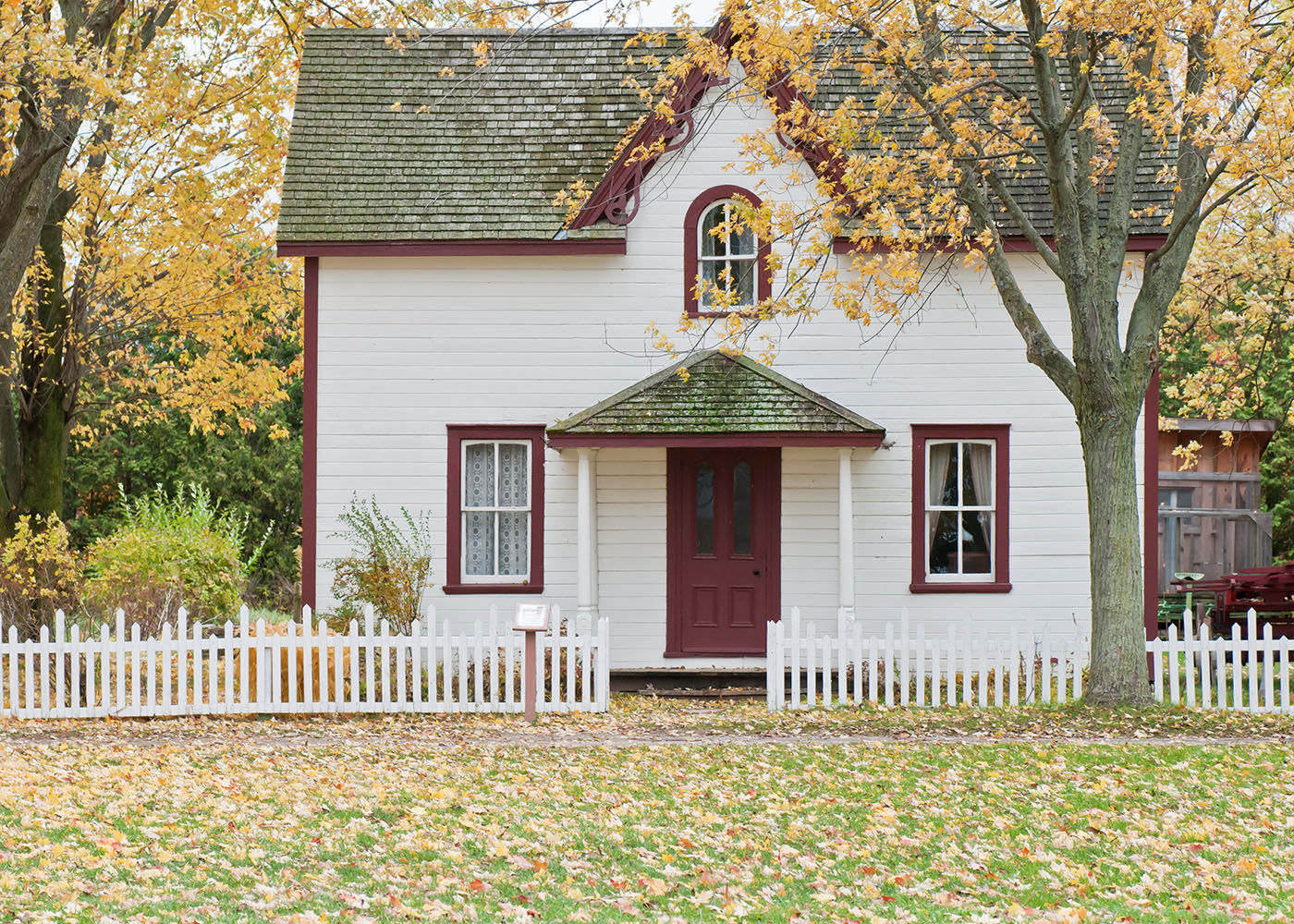
How Much Do You Need to Buy a House?
The answer to this complex question involves not only the initial costs of buying a home, but also your ability to keep up with the long-term financial responsibility of owning it. The process starts with making a list of the features you want in the home. Next, look at the neighborhoods and the surrounding amenities. Then, research the location’s listings and the final selling prices. The information provides a good view of the market’s activity and the cost of the homes in the area.
How Much House Can You Afford?
The typical financial planning guideline is to calculate your potential housing costs and other debt against your annual income. This is called the 28/36 guideline, and it determines how much of a mortgage you should target. Banks may agree to loan you more than this, but that does not mean their figure is right for your situation.
The "28" (known as the housing cost ratio) means your monthly mortgage payment (including taxes and insurance), shouldn't exceed 28% of your pre-tax income. I also recommend adding 1% of the price of the house you will purchase to cover yearly ongoing maintenance (landscaping, general repairs, driveway resealing, furnace/AC cleaning, etc). I also add PMI costs, if any. The total of all these costs should still be under 28%. This can be difficult with those added expenses, but I believe this is important so as to not get in over your head.
The "36" (known as the total debt ratio), means your entire debt load, which includes your mortage payment (just principal and interest, not the escrow) as well as car payments, credit cards, student loans, and other monthly debt payments shouldn't exceed 36% of your pre-tax income.
Having a formula is a starting point; however, what you can actually afford to buy will vary depending upon where you are buying (your geographic area), your spending habits, the cost of living in your region, and your overall financial health. Your situation is as unique as you, so don't rely completely on guidelines.
Out of Pocket Costs
There are additional costs not covered in the mortgage loan. The out-of-pocket costs include the down payment, home appraisal, cash reserves and a home inspection.
- Down payment percentages range from 3-20% depending on the loan type.
- Appraisals average from $300 to $600. The purpose is to confirm the purchase price does not exceed the market value of the home. The seller may pay this fee. If the home appraisal comes in lower than the purchase price, it may be time to renegotiate.
- Cash reserves in the bank are dependent on the loan conditions. It's a safety net for the bank, preventing early defaults on a new loan.
- Home inspection cost is $200 to $400 and worth the expense before closing, since the seller may be obligated to pay for the repairs.
Total Cash Needed
The numbers may change depending on the lender, your credit and the seller. Let’s say you found a home and made an offer to purchase it for $400,000.
- You’re approved for a 30-year fixed loan with 20% down – no private mortgage insurance (PMI).
- Reserves may include the loan principal and interest, annual real estate taxes, and insurance, along with two months of mortgage payments.
- Total cash to buy this $400,000 home could reach $95,000.
Closing Costs
Closing costs at 2-3% of the loan amount are often rolled into the loan. Using the above example – at 3%, fees could reach $10,000 dollars. Because these are rolled into your loan, you could be paying 2 to 3 times this over the life of the loan. You could negotiate with the seller to pay all or a portion of the closing costs.
Conclusion
Before you buy, make sure you run your numbers to make sure you will be 100% comfortable with your new mortgage payment. Make sure you are considering the full costs of home ownership and that your financial position is strong enough to handle them. Also ensure you understand the terms and conditions of your loan, as they could significantly increase your out-of-pocket expenses.
